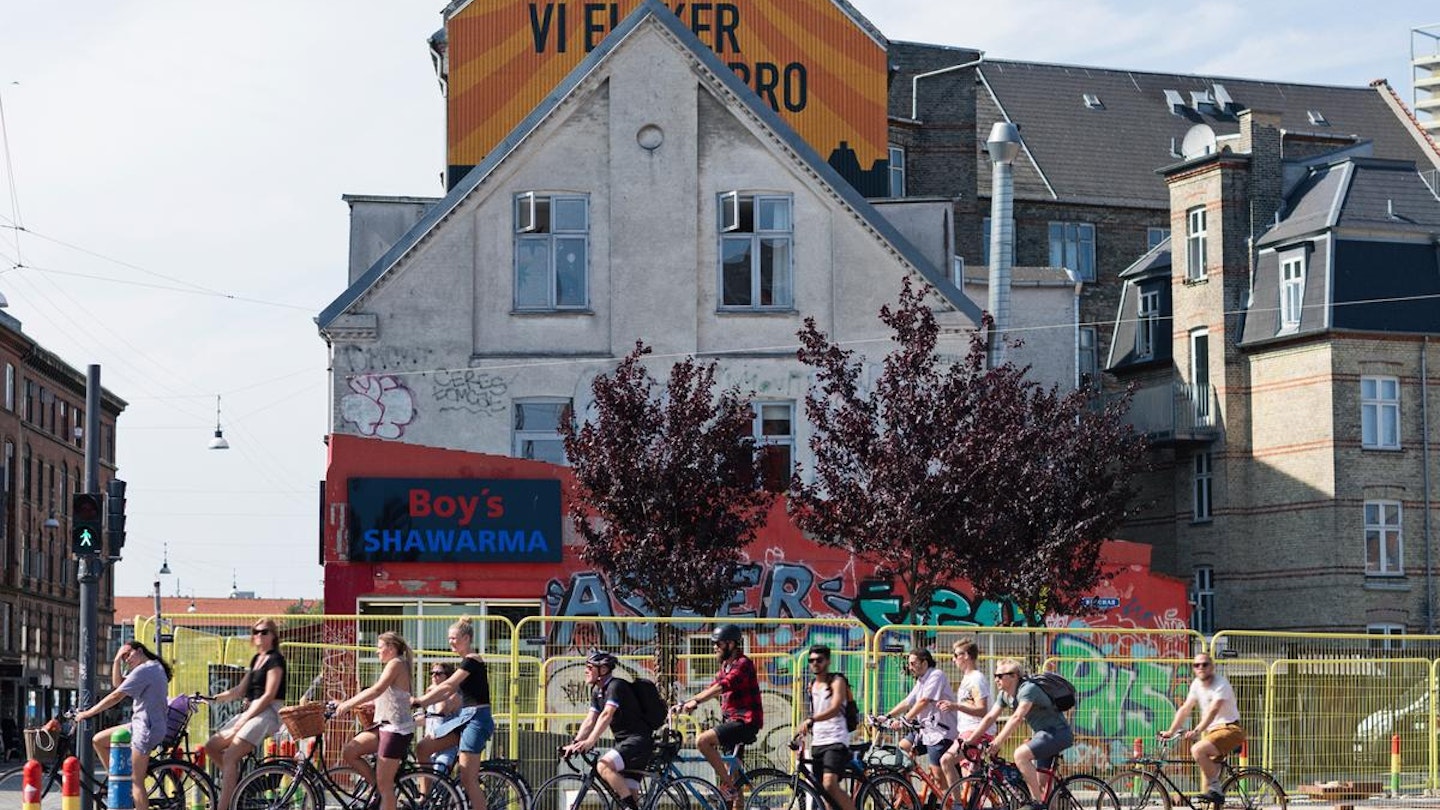Copenhagen Faces Overtourism Challenges
Copenhagen has been addressing the challenge of overtourism by implementing new management strategies to cope with the surge of visitors. However, experts assert that these efforts may not be sufficient.

Denmark’s capital is a popular destination year-round. In summer, locals and tourists alike swim in urban harbours like Islands Brygge, bask in the sunlight at King’s Garden, or enjoy the vibrant atmosphere at the open-air street food market, Reffen. Conversely, winter brings a sense of warmth and cosiness, characterized by the glow of candles in cafe windows and festive lights from the Frederiksberg Gardens skating rink. Furthermore, it is consistently rated among the world’s most liveable and happiest cities, attracting many visitors eager to unveil the secrets behind Danish happiness.
However, a recent EU report revealed that Copenhagen is grappling with overtourism, placing it alongside 104 other regions within the bloc suffering from similar issues.

Statistically, about 87% of visitors to the city prefer staying in and around the inner city, particularly the historic 17th-century canal district known as Nyhavn, renowned for its colourful merchant houses. Consequently, this concentration of tourists is placing significant stress on urban infrastructure, leading to heightened waste, noise, and traffic congestion. In light of these challenges, Wonderful Copenhagen, the tourism agency originally created to attract more visitors to the city, has declared a halt to marketing Nyhavn and is shifting focus to encourage exploration of lesser-known areas outside the city center. Nevertheless, some experts argue that these measures are insufficient. According to Widtfeldt Meged, a lecturer at Roskilde University, “We have had overtourism in Copenhagen for many years, and it’s a growing problem that hasn’t been adequately addressed.”
Furthermore, tourism specialists like Hjalager echo this sentiment, stating, “The city government has the means and the responsibility to intervene more decisively.”

The Danish capital experienced a remarkable 74% increase in tourist numbers over the last decade, welcoming 8.8 million visitors in 2018 alone (excluding 1.9 million Airbnb users). This figure is projected to double by 2030. Meged critiques the tourism agency’s strategy to alleviate pressure on Nyhavn by promoting areas like trendy Vesterbro, diverse Nørrebro, and coastal Amager, arguing that such initiatives are too small-scale and late to have meaningful impact. He advocates for more substantial measures, such as capping the number of cruise ships docking in the city.
Fortunately, Wonderful Copenhagen is aware of these concerns and is taking steps to create a more balanced visitor distribution across the city. Claus Bødker, head of the agency’s cruise ship division, stated, “We are diligently working to develop a greater geographical and seasonal spread of visits.” Additionally, the agency has initiated the long-term Tourism for Good campaign, which prioritizes sustainability within all new projects and partnerships, a move that has garnered international recognition from organizations like the UN’s tourism organization, UNTWO.




